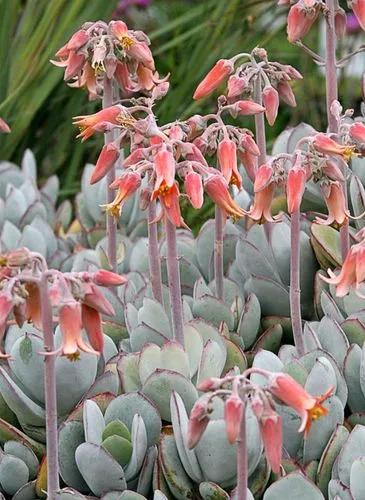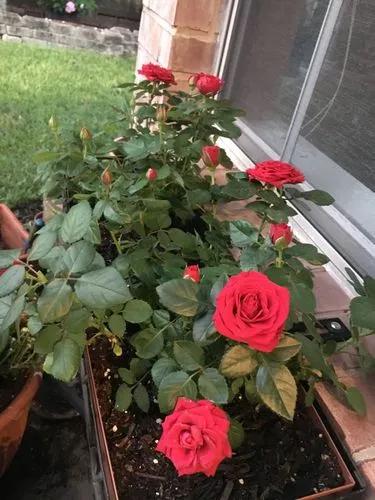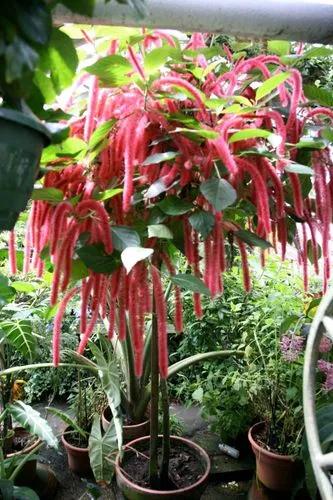Very popular, Mandevilla x amabilis 'Alice du Pont' is a semi-evergreen, woody, twining climber with sprays of up to 20 large, bright icy pink, funnel-shaped flowers, up to 4 in. across (10 cm), with a deep red throat. Blooming periodically in summer, the blossoms contrast against the lush foliage of slightly wrinkled, oval, shiny flowers.
Mandivillia Du Pont Care
Mandevilla X Amabilis 'alice Du Pont'



What is the plant
How to Care for the Plant

Water

Keep mandevilla well-watered.

Pruning

If you're short on bright light or space, you can bring the mandevilla indoors and store it in a dormant state. Put the plant in the sink and drench the soil thoroughly to wash out pests that may be lurking in the potting mix, then cut it back to about 10 inches (25 cm.).

Fertilizer

Fertilize once in spring with a balanced.
Ease your plant care routine with PlantIn's personalized system.

Sunlight

Full sun, partial shade.

Soil

Grow in well-drained, moderately fertile soil in a sheltered, sunny site. Protect in winter in cold areas.

Temperature

Tender plant – may be damaged or killed by low temperature.
Ease your plant care routine with PlantIn's personalized system.

Popularity

139 people already have this plant 21 people have added this plant to their wishlists
What's wrong with your plant?
Related Plants
Discover more plants with the list below
Popular articles






